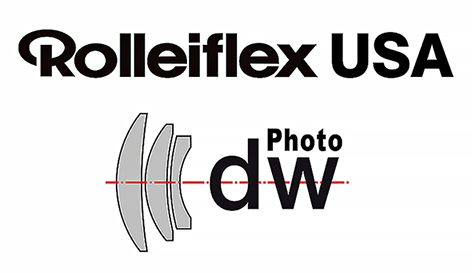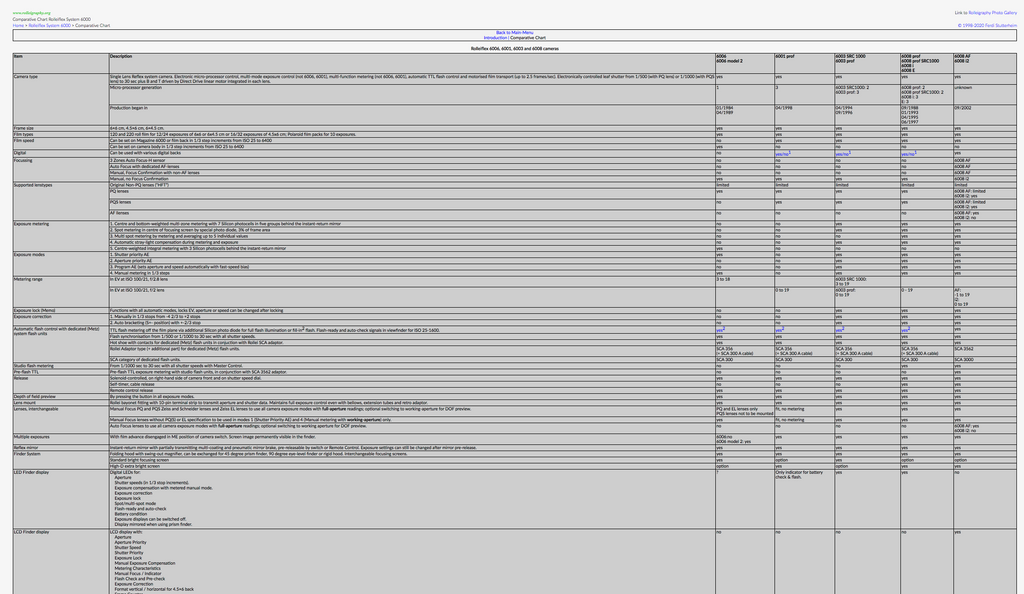Here is a little bit of information that I think might be useful for those shopping for focusing screens:
All the Rollei TLRs with non-interchangeable hoods can take the same size screen (56 mm x 62.5 mm, vertical orientation) by the use of the appropriate spacers (that I include with the installation kit for the particular model). Those are the Rolleiflex models E, D, C, B, A, all Automats, all PreWWII models (except for the very first model which used 616 film, which requires a special size screen); the Rolleicord models I, II, III, IV, V (also called Va).
All the Rollei TLRs with interchangeable hoods (prior to the GX) take the same size screen (64 mm x 68 mm). These are the Rolleiflex models E2, E3, F, F12/24, T, Wide Angle Rollei, Tele-Rollei, RolleiMagic, and the Rolleicord Vb. Also, some non-interchangeable hood models may have been changed to interchangeable hood cameras by repair technicians.
The later Rolleiflex TLR models GX, FX, FW, and FT take a third size screen (55.5 mm x 62.25 mm, horizontal orientation). This is the same size as the SLR cameras from SL 66, SLX, 6000 Series and finally Hy6
Rolleiflex SLR models SL66, SL66E, SLX, the 6000 series cameras, and the Hy6 take the same size screen (55.5 mm x 62.25 mm, horizontal orientation).
Continue reading


